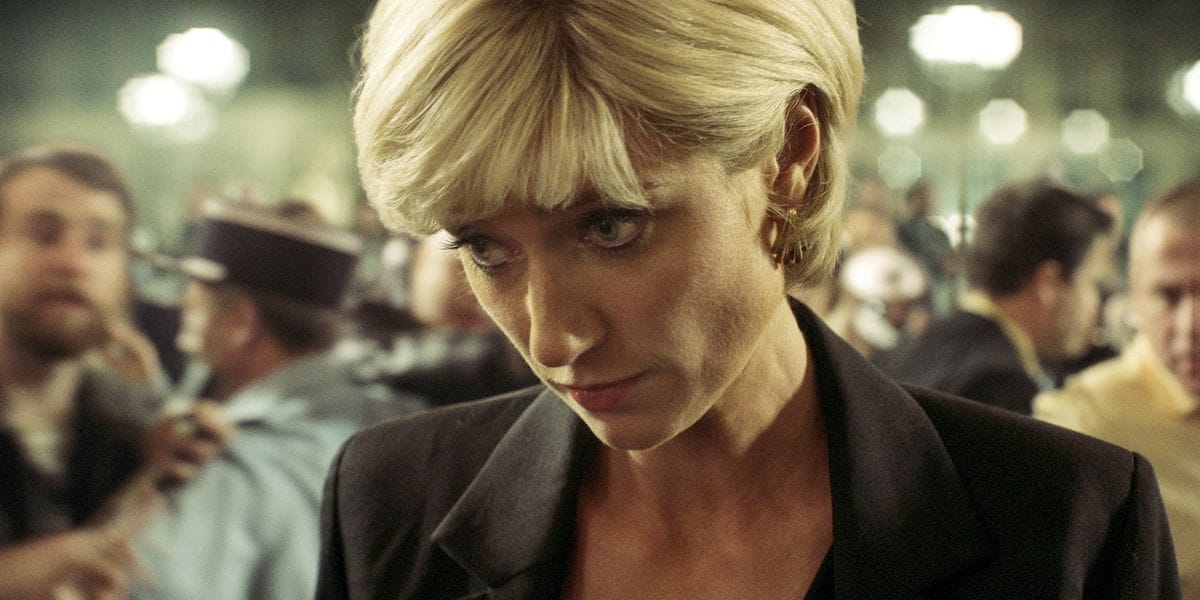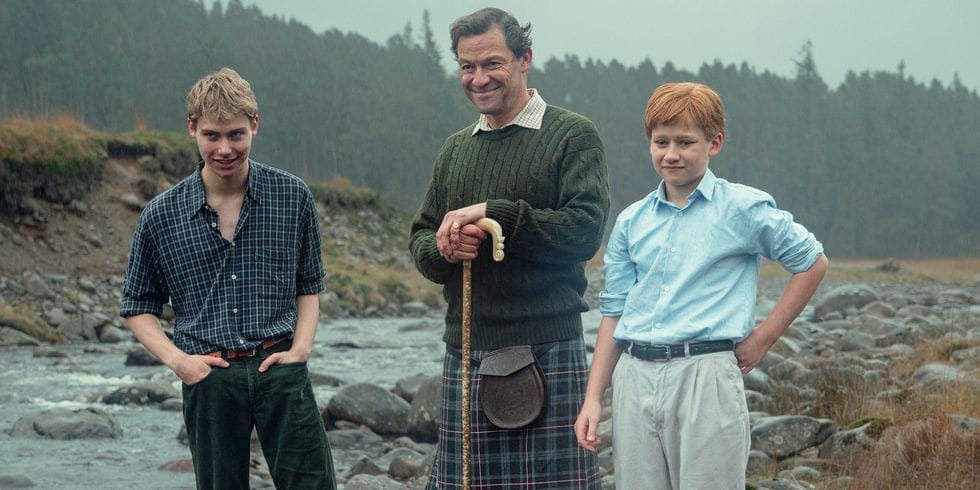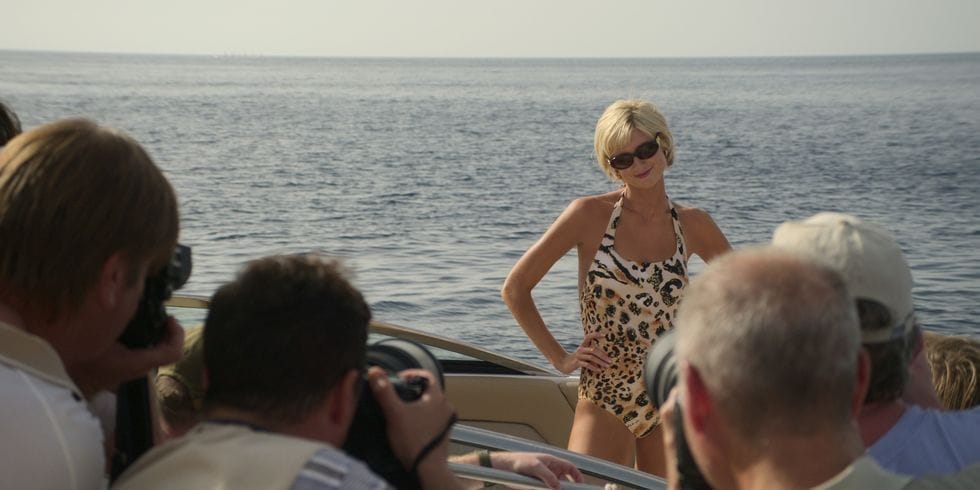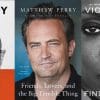The Netflix hit is more than just a TV show. It gives viewers an emotional intimacy they’ve never had from the real royals.
BY LOUIS STAPLES.

I was four years old when Princess Diana died. Pretty much everything I know about her life and legacy, I learned years later. But I sometimes recognize flickers of the public mourning of Diana in my oldest memories of childhood in the U.K. At least, I think I do. Like many early memories, these fragments are both hazy and sharp; it’s hard to tell how much I’m remembering and how much has been filled in by other people, or by things I learned after the fact.
The first part of The Crown’s sixth and final season, streaming on Netflix today, follows the princess as she asks herself some searching questions. Who am I without the royal family? Can I ever be happy? Much about her is familiar: the blue eyes that won over the entire world with a glance, the ’90s fashion, and the paparazzi who stalked her every move. But we also see a new Diana: her whirlwind romance with Dodi Fayed—she and the billionaire’s son had just begun a relationship, before they both died that night in Paris—takes center stage. Watching The Crown, I was slightly embarrassed by how little I knew about Fayed, whose death was treated as a footnote at the time. It struck me that Netflix’s endearing version of him—played as a frustrated but caring heir by Khalid Abdalla—is the one most people will now refer to. The Crown’s Fayed is the Fayed they’ll remember when their mind isn’t sure whether it’s a memory or a blank spot that has been filled in later.
This is The Crown’s defining legacy. The Peter Morgan series is not only the most significant cultural representation of the British monarchy to date, it has also become the central prism through which people view the royal institution and the individuals within it. The Crown is more than just a TV show: It gives viewers an emotional intimacy they’ve never had from the real royals. For better and worse, Netflix’s version has become the dominant narrative—an account that has seeped into the public consciousness.
It’s been a dramatic few years for the Windsor family. In 2019, Prince Harry and Duchess Meghan stepped down as working royals. To put it mildly, their relations with the rest of the family have soured; in tell-all memoirs and bombshell interviews, the Sussexes have accused the Firm of collaborating with the tabloids in harassing them. Prince Andrew’s friendship with sex offender Jeffrey Epstein also came under intense scrutiny, and last year, he settled a multimillion-dollar sexual assault lawsuit. Then there were the deaths of Prince Philip and, of course, Queen Elizabeth II. Every time one of these events makes headlines, I’ve seen the same reaction: “Wow, I can’t wait to see this on season 10 of The Crown 🤣”. It’s an overused joke that confirms the truth: The Crown is now our main reference point for the royals. We see them as characters in a drama as much as—or more than—we see them as real people.

The Crown’s approach to more recent events has not been without tension. The fifth season was negatively reviewed and compared to a “badly told soap opera”—a decline in quality that feels connected to the show’s struggle to compete with its audience’s real-life memories. In the U.K., where criticism of the monarchy and specific members of the royal family is more politicized and contentious, conservative politicians called on Netflix to add a disclaimer to the show, reminding the audience that it is fictionalized. (Netflix eventually complied last year.)
The reaction on the “left” side of this culture war was mostly mockery. “Of course people know it’s fiction. Duh!” was my first response to the petulant right-wing commentators demanding Netflix demonstrate its fealty to their precious royals. But there is some truth to the fact that audiences view people through cultural representations. Screens are now more influential than textbooks in helping us reach a collective understanding of the past. That’s why biopics are so contested as a subgenre of film. The stakes are so much higher when you’re telling a story about a living, breathing human.
There is a reciprocity between our present view of the royals and how their recent histories are being retold on TV. In the opening scene of The Crown’s final season, Queen Elizabeth explains the difference between Diana being “in” and “out” of the royal family to newbie prime minister Tony Blair. Watching this, it is impossible not to think of how the Sussexes claim they were iced out by the royals and hung out to dry as they were hammered by the British tabloids. As viewers, we will look for things in this portrayal of the past that either confirm or challenge our views in the present.
The first part of The Crown’s final season offers a noticeable shift: For the first time, Queen Elizabeth is not the show’s main character. The late queen takes on a supporting role to Diana—the only woman who could ever steal the spotlight from her. I wonder if what draws people to The Crown is similar to why they fell in love with Diana: She was emotional.

We’re living in a time where intimacy is its own valuable currency. People like the Kardashians have become famous—American royalty, some might say—by sharing the innermost details of their lives on reality TV and social media. They create a perceived friendship with their fans and monetize the sharing of their ups and downs—giving the appearance of being an open book. Although it is fictional, The Crown gives us a similar level of intimacy from a family whose members—apart from Diana—have traditionally been distant and emotionally guarded. Even when the show’s quality declines, The Crown still gives its audience the ability to form that type of parasocial relationship with the royals.
The royals are probably furious about how they’re portrayed by Netflix. (We know Prince Harry has watched it, while more senior family members have remained tight-lipped.) But apart from the occasional awkward storyline—like, ahem, “Tampongate”—the show is much more convincing royalist propaganda than the royals ever could have produced themselves, perhaps because it portrays them as human and flawed. The Crown seems much more real than the stiff photo calls and stage-managed interviews we’ve become accustomed to.
In the aftermath of Diana’s death, the fictional Charles laments that the royals can’t have it “both ways.” They can’t be private and public when it suits them, he tells his mother, as he argues against a private funeral. The Crown has become the leading cultural touchstone for the royals, in part, because of this precise contradiction: They live in a way that is tantalizingly public and private. We know something, but not everything. Enough to form an opinion, but not fully. A gray area that has allowed Netflix to swallow their story and feed it back to us. Filling in the blanks, until they start to feel like memories.
This story first appeared on harpersbazaar.com



